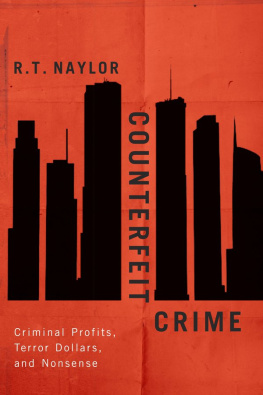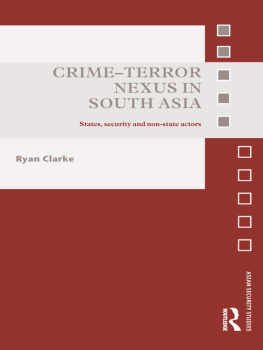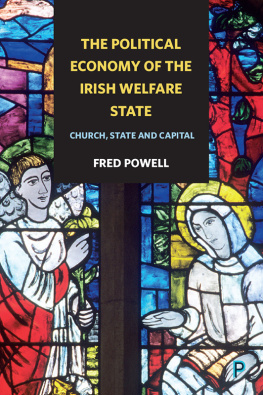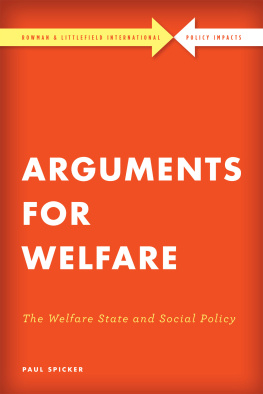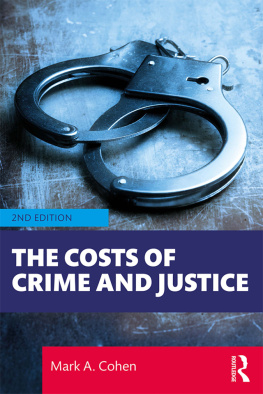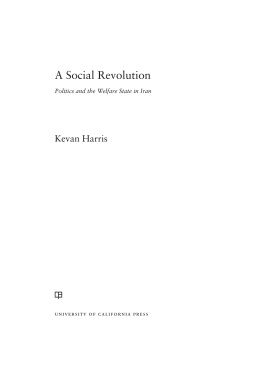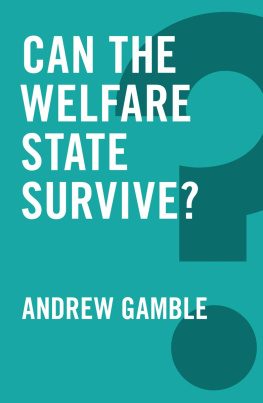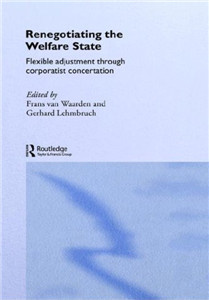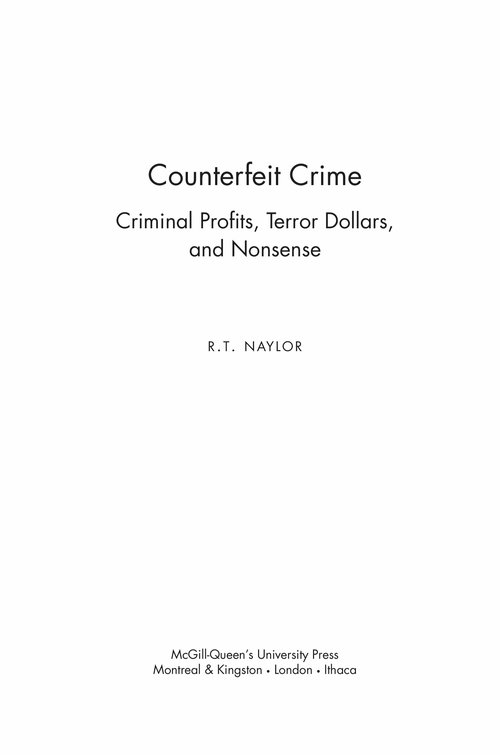McGill-Queens University Press acknowledges the support of the Canada Council for the Arts for our publishing program. We also acknowledge the financial support of the Government of Canada through the Canada Book Fund for our publishing activities.
Naylor, R. T., 1945 , author
Counterfeit crime : criminal profits, terror dollars, and nonsense / R.T. Naylor.
Includes bibliographical references and index.
Issued in print and electronic formats.
ISBN 978-0-7735-4346-1 (bound). ISBN 978-0-7735-9064-9 (ePUB).
1. Commercial crimes. 2. Commercial crimes Government policy. 3. Transnational crime. 4. Transnational crime Government policy. 5. Terrorism Government policy. I. Title.
HV6768. N39 2014 364.16'8 C2013-908500-9
This book was typeset by Interscript.
Acknowledgments
I want to extend warm thanks to many colleagues with whom I collaborated, argued, or shared fine wine (as well as some really bad stuff) over the years, particularly Peter Andreas, Margaret Beare, Alan Block, Jack Blum, the late Bill Chambliss, Michael Hudson, Mike Levi, Sam Noumoff, Dan OMeara, Nikos Passas, Francisco Thoumi, and Phil Williams. I learned to respect these individuals for their commitment to intellectual integrity rather than to career advancement. Not only is that choice increasingly difficult to make today, but it has become ever rarer to find those willing to try. I want to offer special thanks once more to Phil Cercone and his staff at McGill-Queens University Press (plus the ever tenacious but still patient Claude Lalumire) for facing the abnormal financial and political constraints normal in publishing today to take on this book as well as seven of its predecessors. My gratitude extends, too, to many people with whom I have had no formal academic or professional association for their encouraging responses to previous books, plus literally thousands of students who listened to me sound off about these issues during a forty-year (so far) university career.
For some time now I have made a bittersweet practice of dedicating my books to the memory of certain colleagues much my senior who were a source of inspiration and support during my formative years. Among the things they taught me was not to fear affronting the kind of disciplinary frontiers and professionally approved methodologies that academics, gathered into their usual self-referential cabals, reflexively defend. Whatever its original merits, today the intellectual, professional, and even financial security conferred on academics permits them to climb into their chosen box, lock it firmly behind them, then throw the key out the window before shuttering that window, too, from the inside. But, if they refuse to use those privileges to at least sniff the air outside that box from time to time, they dont deserve to have them.
This time my acknowledgments must be expanded to include someone both outside the ivory tower and inside my general age bracket who, in his columns over many years in The Village Voice, The Wall Street Journal, The Nation, and Counterpunch, was a major influence not just on my way of thinking but on how I chose to express the results. I recall fondly in 2007 our first phone conversation many more e-conversations followed. When, to my delight, he asked if Counterpunch could publish excerpts from my book Satanic Purses, I took the occasion to inform him that his fathers wise words Dont believe anything until its officially denied had for about two decades been posted on my office door to guide at least some of my students and annoy at least some of my colleagues. I vividly recall a feeling of profound unease in the summer of 2012 the first time I opened the weekend Counterpunch and found that his column, always a highlight of my week, was missing. On a hunch I sent him an email asking if he was okay. His reply ? He had been too busy. With what, he didnt elaborate. I got the answer like a kick in the stomach a short time later with the first line I read in the 21 23 July weekend issue : Alexander Cockburn, 1941 2012.
COUNTERFEIT CRIME
Preamble
In the halls of justice, the great American satirist Lenny Bruce once observed, the only justice is in the halls. He based his judgment on firsthand evidence, dying at age forty, not so much from his heavy drug use but from, according to his Billboard obituary, an overdose of police.
During a long career hobnobbing with criminologists, justice apparatchiks, law-enforcement types, forensic accountants, lawyers on both sides of the court divide, and even with the occasional recipient of their professional curiosities, I came to understand the depressing kernel of truth in Lenny Bruces observation with one major qualification.
The real problem is not a surfeit of police, a necessary institution even if todays trend toward transforming police forces into paramilitary hit squads is not. Rather the pressing need is to understand how so many places got themselves overdosed on policing via a proliferation not just of cops in battledress but also of security firms, private investigative agencies, compliance officers, insurance investigators, claims adjusters, fraud examiners, tax assessors, plus functionaries of assorted other oversight agencies, professional and public alike all under the ever-vigilant eyes and ultra-sensitive ears of the security-and-intelligence complex.trying secretly to overhear, observe, and analyze their every conversation, movement, and financial transaction, while rationalizing its actions by the need to defend Freedom from the twin menaces of Crime and Terror.
A predecessor volume, Wages of Crime : Black Markets, Illegal Finance, and the Underworld Economy, had already targeted some major myths surrounding the Crime War raging at the time of its publication, as well as directing opening shots at the then-recently declared Terror War.
Apparently my aim improved enough in a subsequent book, Satanic Purses : Money, Myth, and Misinformation in the War on Terror, to draw return fire from the then-deputy director of counterterrorism of the US Justice Department. Alas, no one took the deputy director up on his kind suggestion although instead of being disbarred, a long spell rebarred in one of those open-air cages in the Guantnamo concentration camp might have been more appropriate penance.
Meanwhile the fires set by those wars continue to burn today, with even more heat but ever less light. For that reason a successor volume seems not out of place.
At first glance the chapters gathered here some new, some revised, updated, and expanded from their original forms seem more eclectic than those in the preceding books. Yet despite an apparent diversity of subject matters, these chapters have common themes best highlighted by giving some background to each.
Chapter 1 has as its apparent theme todays ever-expanding war on intellectual-property crime. Yet it is much more than just a critical look at a trendy new (or, rather, newly trendy) criminal offense. It provides an opportunity to dissect the misapprehensions, exaggerations, and simple falsifications, much driven by barely hidden agendas, that underpin so much that passes today for criminal justice, not to mention economic development.

